Review: Sony Ericsson S710a
Mar 29, 2005, 7:00 PM by Eric Lin
In-depth review of the Sony Ericsson S710a, the new high-end swivel camera phone for Cingular.
Form
Body
Form Factor
There is no getting around it, the S710a is a thick phone- It's almost an inch deep. It's also heavier than the average handset. Despite these setbacks, the S710 still fits well in the hand and is easy to hold, even for extended periods of time. It just doesn't fit as well into your pocket. Sony Ericsson obviously put some thought into the shape and size of the phone. The curved edges make it comfortable to hold whether the phone is open or closed. The weight is also distributed well in either position, so the phone never feels like it's going to flop out of the hand. The size also allows you to place your hands perfectly around the phone when holding it horizontally as a camera.
Keypad
The S710a actually has 2 keypad areas, one for the navigation controls which are on the phone's face, and a second for the numeric keypad and power key which is under the spinning face. The navigation keys on the face allow you to do pretty much everything - including make phone calls - without spinning the phone open. When the phone is open, the numeric keypad is close to the navigation keys, so you don't have to move your hand too much to use all the keys.
All of the keys are quite flush with the surface of the phone. The navigation keys are completely flush, while the numeric keys are slightly below the keypad surface, leaving a slight indent where each key is. The D-Pad select key is the only key other than the volume up down keys on the side of the phone that can be felt for without looking. However the D-Pad select has problems of its own. On first glance it appears to be a joystick, as is common on most Sony Ericsson phones. However the direction keys are the ring around the joystick, which serves solely as a select key.
Since not all the keys are hidden when the phone is closed, Sony Ericsson devised a very useful keylock. Instead of a key combination, the keylock is a dedicated slide switch on the side of the phone.
Three S's
Screen
The S710 has a very bright QVGA 320 x 240 screen. Resolution is sharp and the colors are bright under all lighting conditions. The screen can easily double as a flashlight when fumbling around in the dark. Everyone notices the screen on this phone, especially in dark rooms or bars.
Signal
Sony Ericsson have really improved their antenna technology. The S710 can go toe to toe with the best any other manufacturer has to offer signal strength wise. Not only is it strong, but it is fast at seeking out alternative towers when signal gets lost. Although the phone will get enough signal to receive calls or messages when closed, even in weak reception areas, the quality of service noticeably improves when the phone is opened. However under normal conditions this is not necessary.
Sound
In addition to using this phone as a flashlight, it can also be used as a megaphone. This phone rings loud, is loud and clear during calls, and even louder when used in speakerphone mode. I found myself turning the volume down more often than up during calls. Adjusting the volume is quite easy using the volume up and down keys, which can be operated by feel during a call. When the phone is opened, the key functions are switched so up is still up even though the keys are turned around.
Battery
The big, bright screen, CCD camera and other advanced features take their toll on the battery life. The S710a averages about 2 full days of use per charge. While sick, I discovered leaving the phone alone and making just a few phone calls per day will result in an extra day or two of battery life. However it's unlikely that any person who purchases this phone will be able to leave it alone for too long.
Function - Basics
Menus
Those who are familiar with the Sony Ericsson interface from the T600 series or other previous models will be happy to know that the S710 (and other current Sony Ericsson phones) improves on the previous version without changing anything too radically.
For those not familiar with the interface, it takes a little exploring to get used to, especially from the Home screen. The D-Pad select activates the application menu, however it is not marked very clearly (only with an icon of four squares), and the odd D-Pad / select button configuration only confounds the situation.
The Home screen offers a number of other nice touches including user-configurable shortcuts to applications, and a shortcut menu with often used functions like Bluetooth and silent mode. Some of these are more obvious than others.
When the phone is first turned on, there is a startup wizard which offers to help you set up the S710. It configures time, date, and will copy contacts from your SIM to the phone memory. There are a number of other assist screens that pop up at least once during different points in navigation to offer hints or even shortcuts, however never so many or so often that it becomes annoying or counterproductive.
Once at the main menu, or in inside an application, the menus are clear and obvious. Since the Sony Ericsson interface has a dedicated back button, the left softkey and D-Pad select both typically work as select, while the right softkey activates the options menu. When the right softkey is assigned a different use (end during a call or right button during browsing), D-Pad select takes on the role of options menu key. This indicated by a much more obvious icon (an options list) during those situations.
There are slight pauses when navigating through the menus. Because this pause is fairly consistent, the wait is not apologized for, instead the menus just feel sluggish. The only exception is starting the camera, which takes about two seconds. Here you are treated to a "Starting Camera" wit screen, since this is the longest you have to wait for anything to happen on the phone.
Calls / Contacts
Calls
There are no dedicated call buttons on the Sony Ericsson phones, however the entire interface is designed around the European standard of call being on the left and end on the right. On the Home screen the left softkey is then assigned the recent calls shortcut that the Send button would normally have. During calls the right softkey takes on the End key functionality, while the left activates speakerphones and the D-Pad select becomes a menu key. Once you realize that the buttons are mapped to the same side, all calling features work exactly as expected.
Contacts
Sony Ericsson's contacts application operates entirely from the phone memory, which is why the startup wizard asks to copy contacts from the SIM to the phone. Each contact can hold multiple phone numbers, email address, street addresses and notes. When adding a new contact, any type of information can be added in any order simply by navigating to that field.
Each name can be assigned a photo caller ID picture, personalized ringtone and voice dialing tag from within his contact card. Assigning speed dial is done from within the options menu in the Contacts application, but not from within a contact card.
Messaging
Composing a message is one of the few times the S710 needs to be opened. As seems to be the standard shortcut now, hitting left on the D-Pad starts a new message dialog. However instead of defaulting to an SMS, the dialog starts by asking whether you want to create a text or picture message. After the initial selection, composing a message is quick and easy.
Despite other delays in the interface, T9 keeps up relatively well with fast fingers. The T9 dictionary comes populated with many SMS abbreviations, and it's easy to add more.
Composing picture messages is very simple, our only issue with the MMS composer would be that you have to navigate to the options menu to finally send the message.
Addressing messages is easier than normal since the address screen is pre-populated with the last 10 contacts or numbers you sent messages to. You rarely need to leave this screen and actually look up a or enter a phone number.
Reading and receiving both types of messages is simply and obvious, just as it is on most phones.
The S710 also supports sending and receiving email on both POP3 and IMAP4 accounts. It is possible to setup multiple accounts on the phone, however only one can be active at a time. There are a number of options for downloading mail - how many of the most recent messages to retrieve, how much of those messages to download, and even how often to get mail if you set scheduled downloading. After the mail is downloaded, reading and writing email is the same as in the SMS inbox.
Function - Extras
Camera
Sony Ericsson devoted considerable effort to making this cameraphone more camera like. From the Home screen, opening the camera cover turns on the camera and switches the device to a camera-like interface which is a near copy of the interface from Sony's Cybershot digital cameras. When used as a camera, the phone is held horizontally and takes landscape photos.
The phone's shape and placement of the lens and shutter button make it easy to hold the phone steady and take good pictures, while the full screen camera interface helps to compose quality pictures. And the pictures are quality - they have good sharpness and color, even low light photos are impressive. Since the S710 uses the Cybershot interface, many of the same options are available on the phone as on cameras such as white balance and special effects.
When recording video, two different options - video size and clip type - affect the length of the clip, but not the quality. The video is smooth and clear at all settings. The clip lengths are based on file sizes, so the larger resolution results in shorter clips. Minimum time is about 9 seconds for a 176 x 144 message length clip, maximum is over 2 minutes for a 128 x 96 full length one. Although the video is excellent, the sound is sub par. It doesn't sound choppy but the volume is low, making the video into a bit of a silent movie.
It takes about 2 seconds for the camera to come on after opening the lens cover. After taking a shot, it takes another few seconds for the camera to write the photo and let you return to the viewfinder. The write time depends both on the resolution of the photo you are taking as well as whether it is being saved to the phone's memory or the Memory Stick. After taking a shot, the phone (it's hard not to say "camera" instead of phone) will display the shot full screen and offer a number of options.
The same options are available in the File Manager application, which acts like a gallery for camera pictures and other media, except for zoom. The photo review screen is the only place place where you can zoom in and check on the picture's quality, it is not obvious, nor is it particularly easy to use. You can start a slideshow to display photos full screen from either application, however you cannot zoom in on the photos from there. This isn't that big of a deal since the 320 x 240 screen shows the pictures with quite a bit of detail.
Pictures and Videos
Thanks to good optics and a high resolution sensor, the S710 has 20/30 - 20/40 vision using a 10 foot eyechart and taking the picture from 10 feet. There is no macro mode, but the camera can still focus quite well from a close distance when framing the eye chart. There is considerable barrel distortion when objects are close, but that's not unusual with space-deprived lenses. The sensor registors all colors pretty well, however the less intense colors seem to look grey while very intense ones (like the grass, for instance, are a bit oversaturated.
All photos and movies on this page are untouched except for some cropping.

3GPP / MPEG-4 format (viewable with QuickTime)
Browse / Custimize
Browser
If it does not come pre-configured from your carrier, setting up the browser is pretty complicated. However like other manufacturers, Sony Ericsson will send the settings to your phone from a web interface. Unfortunately, this is less reliable than similar web-based configuration from some other manufacturers.
Once setup, the browser is speedy and useful. The homepage has a link to Google and other useful sites. EDGE means you can download pages, even fairly large ones, quickly. This is especially advantageous since the browser is capable of reading fairly basic HTML pages in addition to WAP 1 and 2.
Sony Ericsson also implemented a few nice extras in the browser navigation, for instance the volume up and down buttons become page up and down when reading web pages or emails.
Customization
The S710 plays both MIDI and mp3 ringers. The phone comes with a wide variety of ringtones from the standard to the unusual (like a woman singing "hey, your phone is ringing"), with a good number of dance tunes thrown in for good measure. Thanks to the Bluetooth, IR and even the email client, sending your own ringtone to the phone is just as simple as choosing a new one from any download service.
Sony Ericsson uses themes to customize the entire look of the interface. It changes the home screen, menus, dialog boxes and nearly everything else on the phone. The themes from Sony Ericsson are all very well put together. It is possible download homebrew themes or even create your own, but often they don't turn out as well. Once a theme is chosen, the only additional way to customize the look is to change the wallpaper or add an animated screensaver.
File Management
The File Manager serves as a memory and file management application for the whole phone, not just certain applications or media files. Files are sorted by type, then from within each list, the location (phone or Memory Stick), size and other data is available. From inside the list you can check on and manage each file type, including deleting them, viewing (or using) them, and sending them via Bluetooth, IR, or mail. Unless purchased with DRM, files can be moved, deleted and copied freely.
Other
Watch
The Home screen displays the time and date by default, making it is easy to check the time when the screen is on. To save battery power the screen shuts off completely when the phone is idle. When the keys are unlocked, a quick press of any button turns the screen and backlight on to check the time.
When the keys are locked, pressing any key but the volume controls will turn the screen on but the backlight is dimmed. Even though a keylock icon is displayed, it doesn't block the clock, making it possible to check the time in decent lighting. In the bright light, however, the only way to check the time is to use the slider and turn the keylock off.
It is a shame that Sony Ericsson did not include the keylocked behavior of the K700 on the S series. On that phone, a press of either volume button while the keys are locked turns on the backlight and displays the time for a few seconds.
Bluetooth
Sony Ericsson continues to implement one of the widest selection of Bluetooth profiles on their phones. The S710 supports both headset and hands-free audio profiles, as well as dialup networking, serial, object push, sync, and even HID remote.
HID remote allows you to control a compatible desktop computer, by using the phone as a mouse, or even controlling specific applications in the foreground if a remote profile is available for it.
You can send and receive nearly every type of file or object on the phone- vcards, ringtones, pictures, etc. Cingular has not locked out any of these services on their customized version either.
Java
The S710a's Java engine starts up quickly, but according to benchmark scores, that's about all it does quickly. MIDP 1 scores was 1769 and MIDP 2 benchmark was a mere 90, putting the S710a well below most other high end phones and at the bottom of the current line of Sony Ericsson Handsets.
Other Features
The S710a includes a very easy to use calculator - the D-Pad selects which type of calculation to perform, leaving the keypad for numeric entry only.
The alarm clock works even when the phone is turned off and forces you to actually look at the phone or it will keep ringing (and eventually auto-snooze), which is good for us heavy sleepers. There is an easy to set countdown timer as well.
The phone also includes an audio / video player that can play mp3s, but it is not full featured. It has some nice touches like the ability to keep playing even when the application is in the background and a random play option. However there are no playlists and songs are sorted by file name, so you have to rename all your files to play together and even then if you put it on random or leave the player going for too long, it will start playing the mp3 ringtones on the phone as well.
Since the Bluetooth supports Synchronization, it is fairly easy to sync the S710 with a computer. PC sync software is included with the phone, and it works with iSync on Macs. iSync 1.5 does not officially support the S710a, just the S700, so you have to initiate the pairing from the phone in order to add it to iSync.
Wrap-up
The screen, signal strength, sound, user friendly menus and great camera make the S710a a good choice for all but the most basic users. Plus the fact that it plays well with both Macs and PCs should make it even more attractive to power users.
It's true the S710 is so powerful (it's easily your phone, PDA and camera in one) that you use it more often and have to carry less stuff with you, but the impact this has on the battery life and size of the phone is a rough trade-off.
It is depressing to have a phone that you can't even take on a long weekend getaway without having to take along the charger. Making calls, checking email and taking pictures as you might when out on the road or even out around town guarantees you won't make it a full three days before needing to recharge.
Physically the phone is just too large. With such a good camera, you want to take a phone like this everywhere you go, but it's just too big for tight jeans or nice pants when you're going out for a night on the town.
Worse than the bulk, because it affects usability, is the spinner form factor. I would argue that the spinner needs to be eliminated, but it appears the phone manufacturers already know that. They were all the rage last year, but this year not a single spinner model has been announced here, in Europe or in Asia. Spinners are difficult to hold when opening, difficult to open one-handed, and confusing. The only consolation is that you don't have to spin the S710a open very often.
The S710a does so many things well, but these physical setbacks hold it back from being the ultimate device. It seems Sony Ericsson was as aware of this as we are, since all of these issues appear to have been addressed by their recently announced K750i and W800i. Still this is probably one of the best-featured GSM phones you can currently buy from an American carrier.


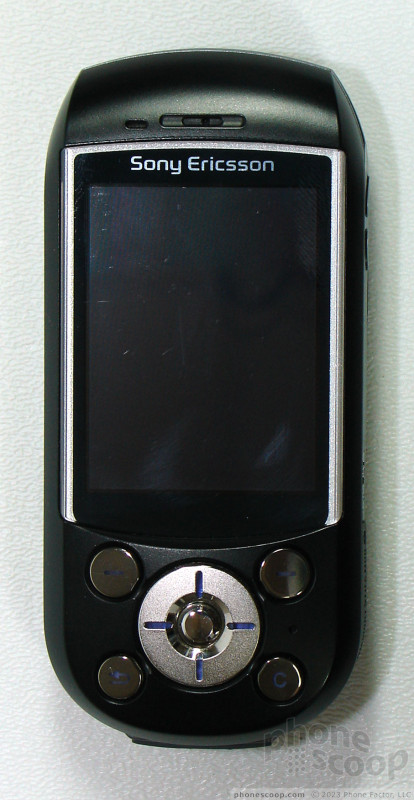










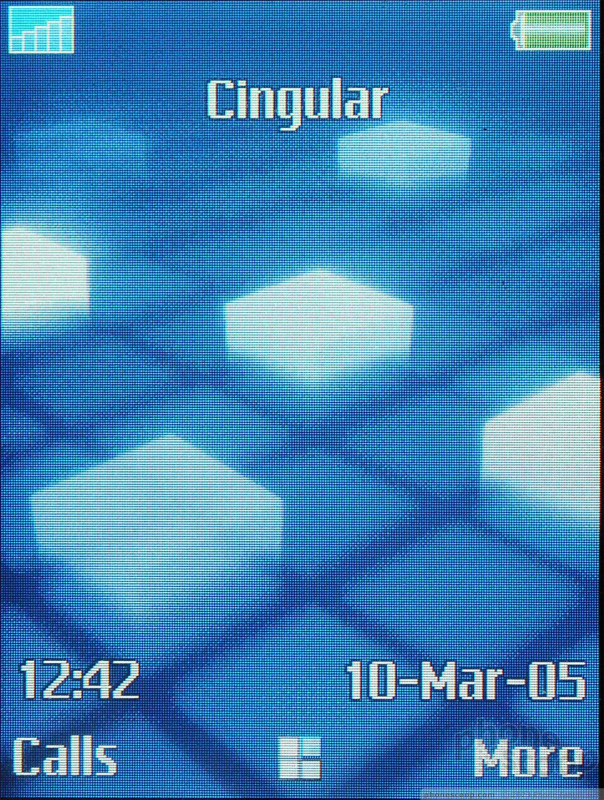




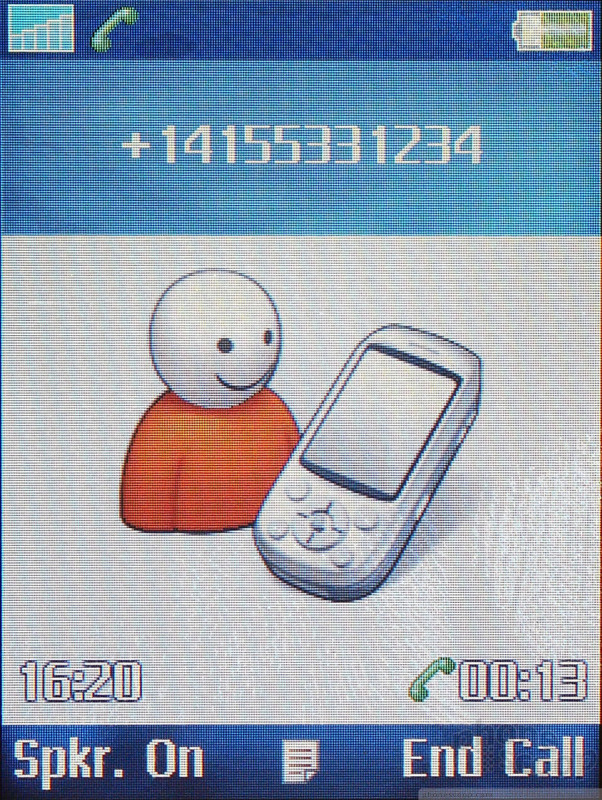


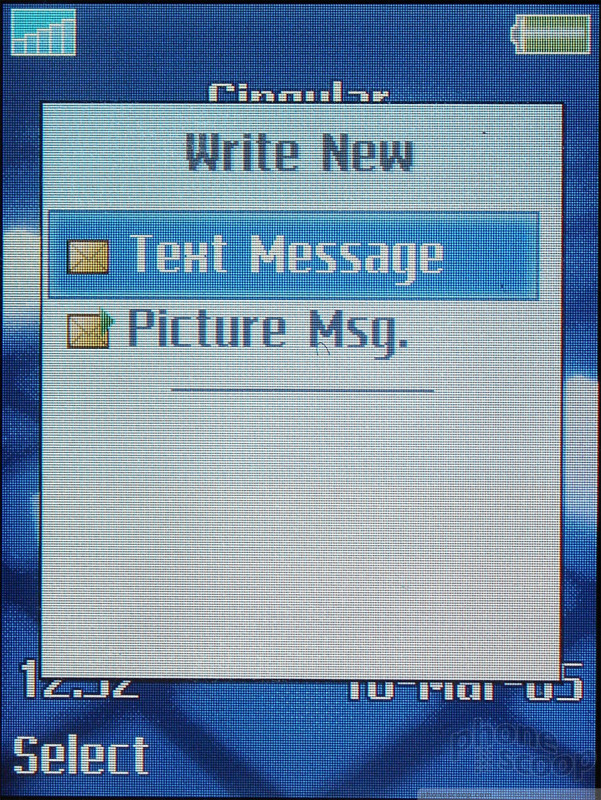


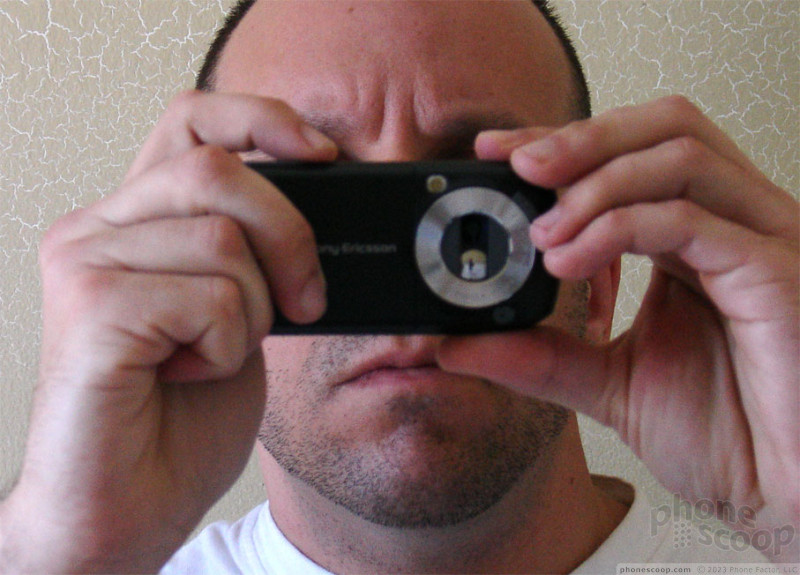







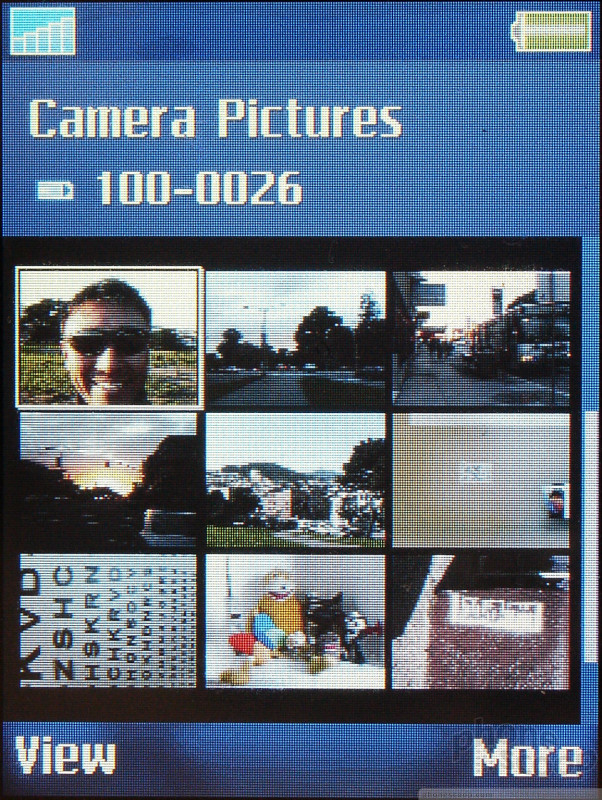





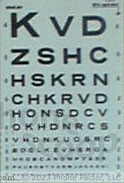







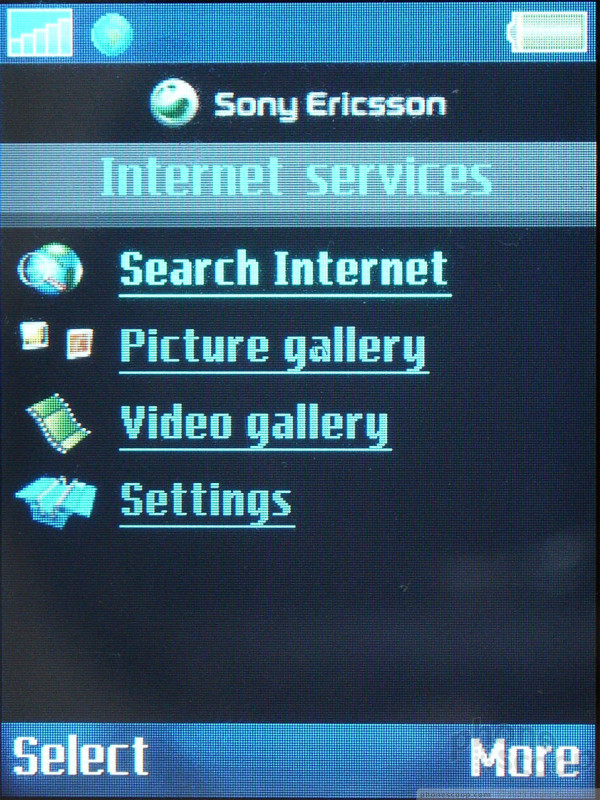



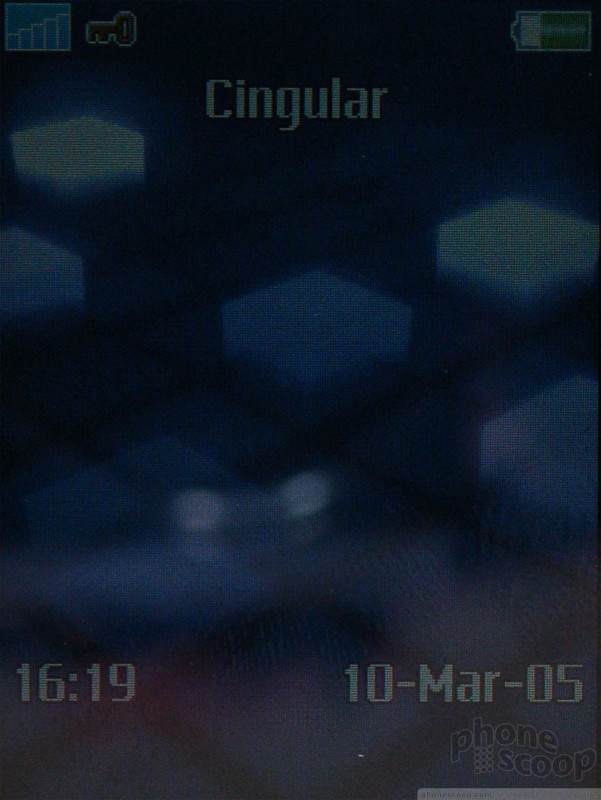


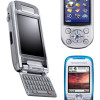 Sony Ericsson Updates Phone Lineup
Sony Ericsson Updates Phone Lineup
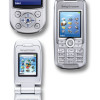 Sony Ericsson Launches 2004 Portfolio
Sony Ericsson Launches 2004 Portfolio
 iPhone 15 Series Goes All-In on USB-C and Dynamic Island
iPhone 15 Series Goes All-In on USB-C and Dynamic Island
 Qualcomm Expands Flagship Phone Chip Series
Qualcomm Expands Flagship Phone Chip Series
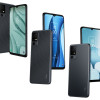 TCL's Newest 5G Phone for US is Most Affordable Yet
TCL's Newest 5G Phone for US is Most Affordable Yet
 Sony Ericsson S700i
Sony Ericsson S700i
 Sony Ericsson S710a
Sony Ericsson S710a



